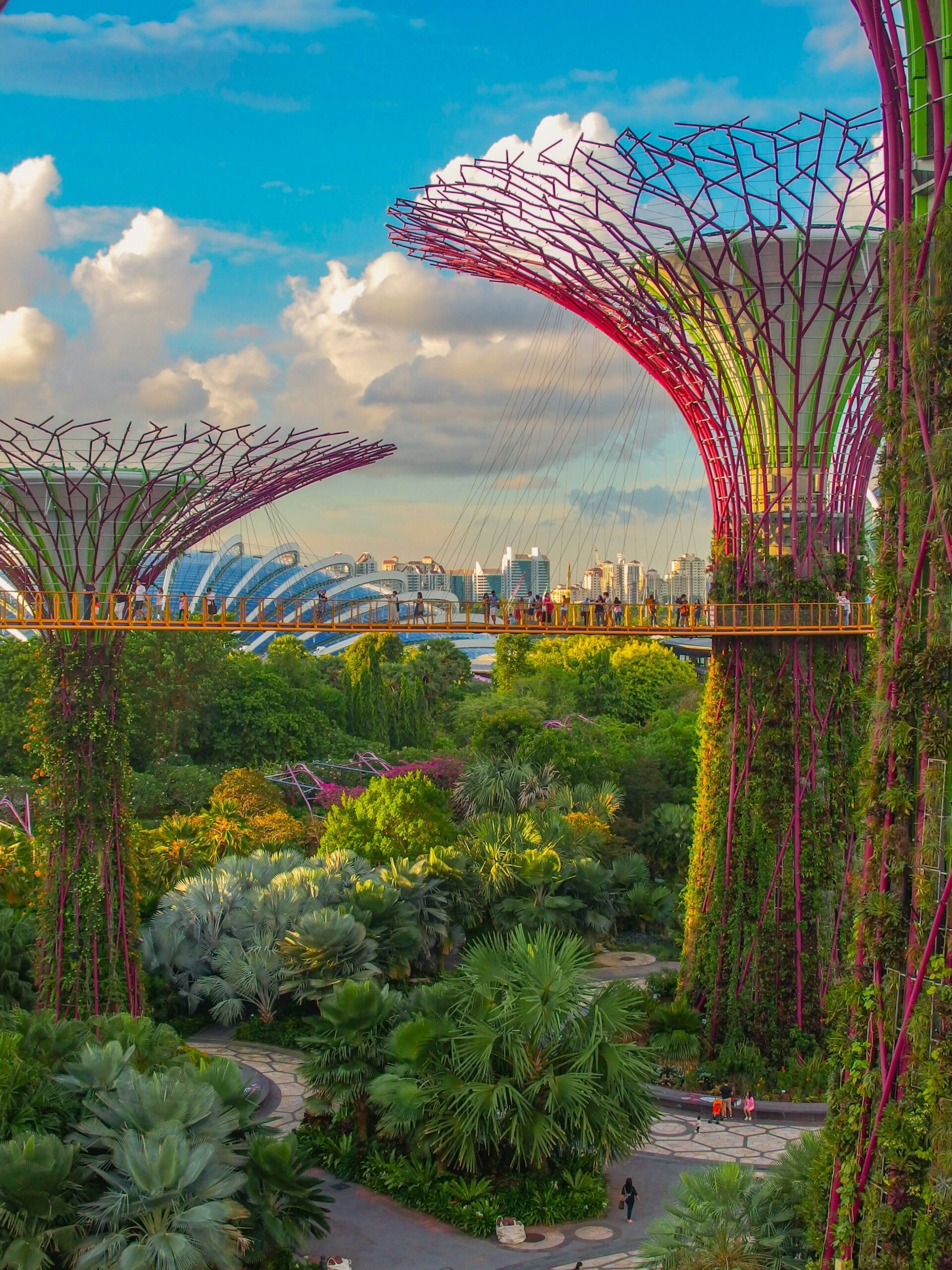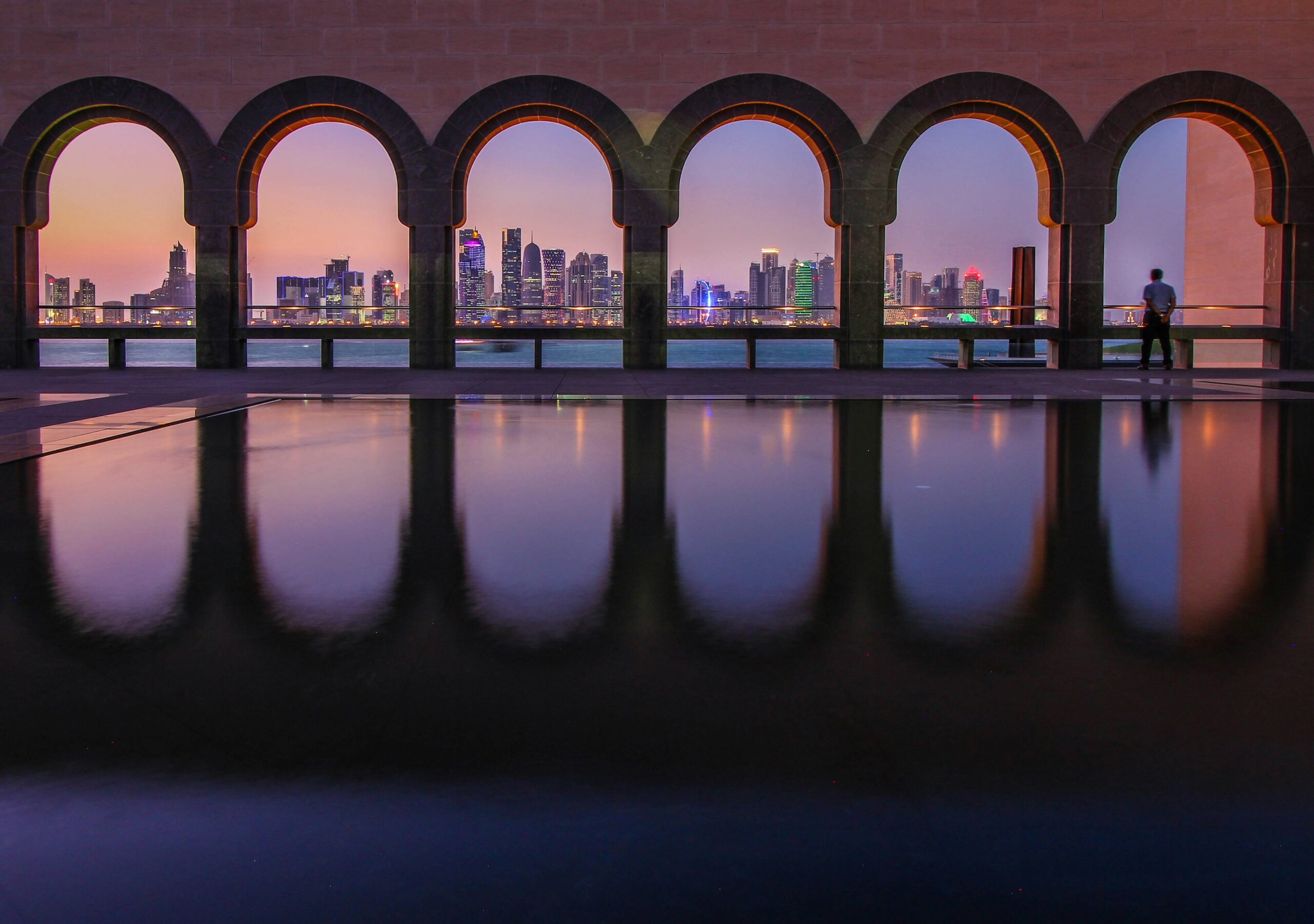Introduction
Singapore, also known as the Lion City, is a vibrant and diverse destination that offers a unique blend of modernity and tradition. With its stunning architecture, lush green spaces, and diverse cultural experiences, Singapore has become a popular tourist destination. In this blog post, we will explore some UI/UX strategies that can enhance the touring experience in Singapore.
1. User-Friendly Navigation
When designing a user interface for a travel website or mobile app, it is essential to prioritize user-friendly navigation. Visitors to Singapore will be looking for information on attractions, transportation options, and dining recommendations. By organizing the content in a logical and intuitive manner, users can easily find what they are looking for, enhancing their overall experience.
Implementing a clear and concise menu structure, with dropdown menus and search functionality, can help users navigate through the site or app effortlessly. Additionally, incorporating interactive maps and location-based services can provide real-time information about nearby attractions and amenities.
2. Engaging Visuals
Incorporating high-quality visuals is crucial in capturing the essence of Singapore and enticing potential tourists. Stunning images of iconic landmarks such as Marina Bay Sands, Gardens by the Bay, and the Merlion can create a sense of wonder and excitement.
Furthermore, incorporating videos and virtual tours can give users a more immersive experience, allowing them to virtually explore Singapore’s attractions before their visit. By providing visually appealing content, users are more likely to engage with the website or app and be inspired to plan their trip.
3. Personalized Recommendations
Every traveler has unique preferences and interests. By implementing personalized recommendation features, users can receive tailored suggestions based on their preferences, such as food preferences, budget, and preferred activities.
Using data analytics and machine learning algorithms, travel websites and apps can analyze user behavior and provide personalized recommendations for attractions, restaurants, and events. This not only enhances the user experience but also helps visitors discover hidden gems and lesser-known attractions in Singapore.
4. Seamless Booking and Payment Process
Booking accommodations, tours, and activities should be a seamless and hassle-free process for users. Implementing a user-friendly booking system with clear instructions and a secure payment gateway can instill confidence in users and encourage them to complete their bookings.
Additionally, providing multiple payment options and ensuring a mobile-responsive design can cater to the diverse needs of travelers. By streamlining the booking and payment process, users can easily plan and book their entire trip to Singapore in one place.
5. Interactive Itinerary Planning
Travelers often create itineraries to make the most of their time in a new destination. By providing an interactive itinerary planning feature, users can easily customize their schedules and add attractions, restaurants, and events to their plans.
Integrating features such as drag-and-drop functionality, real-time updates, and the ability to share itineraries with fellow travelers can enhance the user experience and facilitate collaboration. This feature can help users stay organized and make the most of their visit to Singapore.
Conclusion
With its rich cultural heritage, modern attractions, and diverse culinary scene, Singapore offers a plethora of experiences for tourists. By implementing user-friendly navigation, engaging visuals, personalized recommendations, seamless booking and payment processes, and interactive itinerary planning, travel websites and apps can enhance the touring experience in the Lion City.
By prioritizing UI/UX strategies that cater to the needs and preferences of users, visitors to Singapore can have a seamless and enjoyable trip, creating lasting memories of this splendid destination.












Leave a Reply